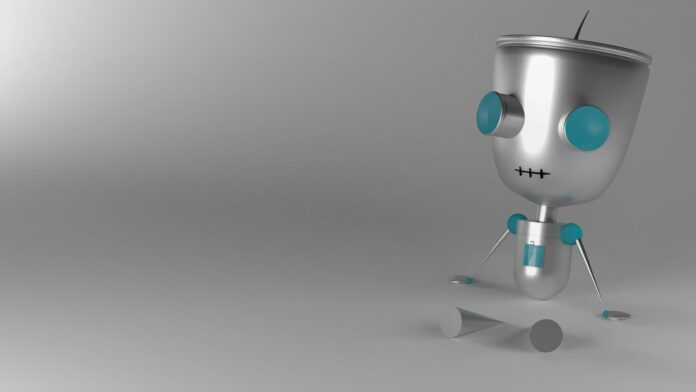Researchers at ETH Zurich developed a technique for making micrometer machines by interlocking multiple materials. Such microrobots will change the medical field one day.
Robots are so tiny that they can move through blood vessels. So that they can deliver medications to certain points in the body, researchers have been trying this goal for years. Currently, researcher of ETH Zurich has achieved in building micromachines for the first time. The two materials, that is metal and plastic, are interlocked as closely as links in a chain. Both the polymers and Metals have various properties and have offered advantages for the building of micromachines as mentioned by Carlos Alcantara, a doctoral student in Salvador Panes. Micromachines must have magnetic metal parts installed. The advantage of Polymers is they are used to construct soft, flexible components as well as the part that dissolve inside the body. It is possible to selectively supply active substances to certain points in the body if medication is embedded in the soluble polymer.
High-tech production Method
ETH Professor Salvador Pane works with a high-precision 3-D printing technique that produces complex objects on the micrometer level. The technique is known as 3-D lithography. The ETH scientists used this method to produce a mold or template for micromachines and these templates have narrow grooves that serve as a negative and can fill with the chosen materials. Using electrochemical deposition, the scientists fill some of the grooves with polymers and others with metal before ultimately dissolving the template away with solvents. The ETH scientists created various mini vehicles with plastic chassis and magnetic metal. Some of the vehicles can be moved across a glass surface, while others depending on the polymer used can float in a liquid or on a liquid surface.
The scientists are preparing to refine their two-component micromachines and experiment with other materials. They are also planning to attempt in creating more complex shapes and machines, including some that can fold and unfold themselves. Another goal is to make tube‑shaped vessel supports (stents) that explain themselves and can be positioned at a specific place in the body using magnetic fields.

